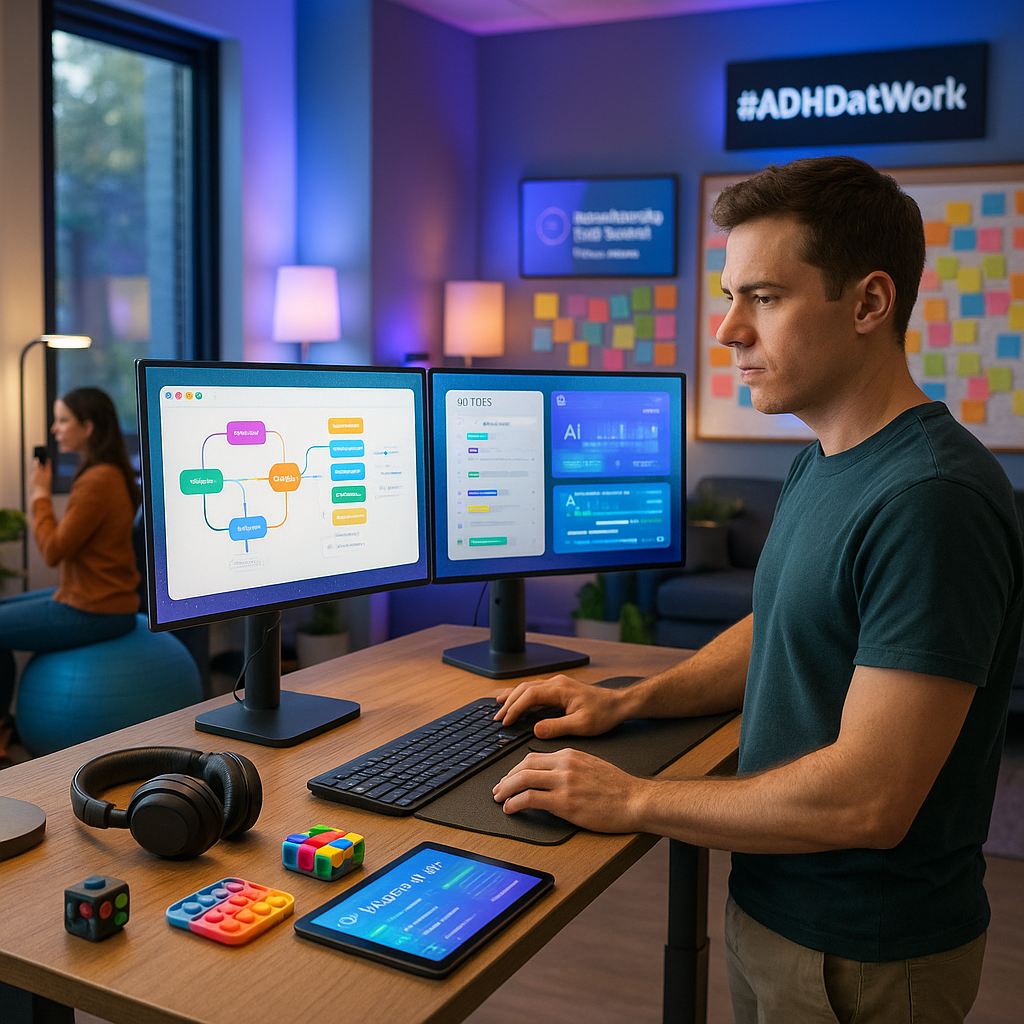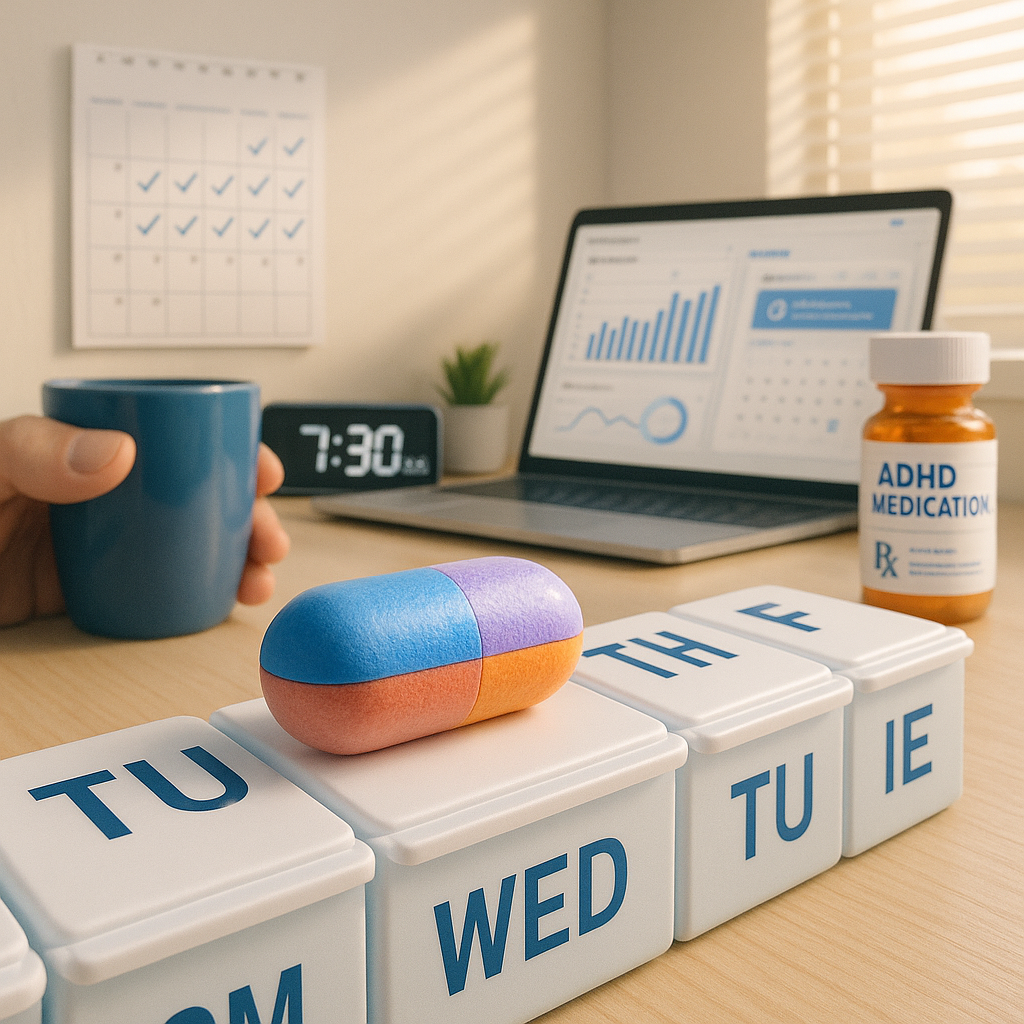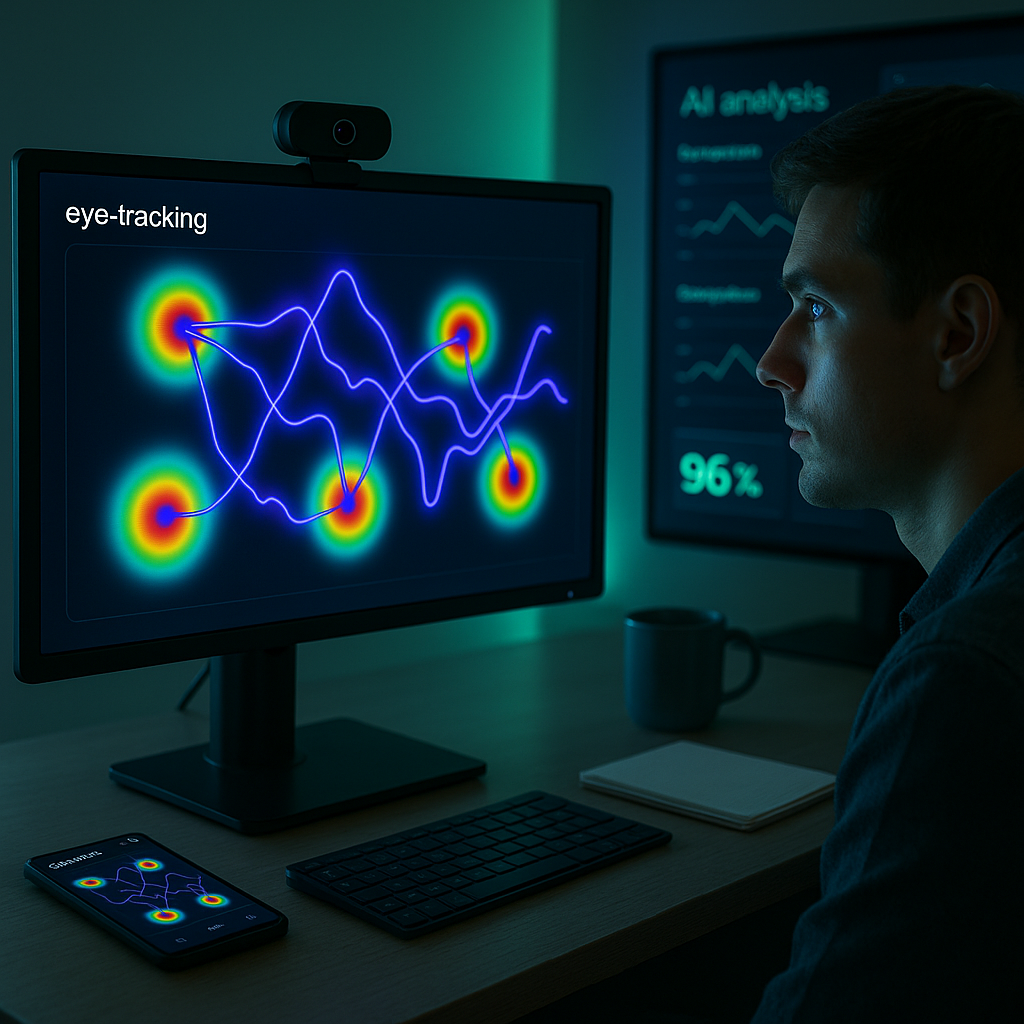Key Takeaways
- Leaders share lived ADHD experiences: Entrepreneurs, artists, and professionals have publicly disclosed ADHD diagnoses, reframing challenges as part of their success stories.
- Stigma reduction at the forefront: Personal accounts emphasize unique strengths such as hyperfocus and creativity, challenging outdated perceptions of ADHD as a limitation.
- AI and tech discussed as enabling tools: Several public figures credit AI-driven productivity systems and automation for helping harness their neurodivergent wiring at work.
- Community response drives momentum: Online engagement and advocacy increase after each disclosure, empowering others to seek support and share their stories.
- Upcoming campaigns and resources: Multiple organizations and creators will launch new ADHD awareness initiatives and productivity tools later this year.
Introduction
In 2024, entrepreneurs, artists, and professionals are openly discussing their ADHD diagnoses through interviews and social media. By showing how strengths like creativity and hyperfocus support their work, and by crediting AI tools for boosting their success, these leaders are changing the conversation and increasing awareness around neurodiversity.
Public Figures Speak Out
Netflix CEO Reed Hastings disclosed his ADHD diagnosis during a LinkedIn Live session last month. He explained how it influenced his approach to business innovation. He stated that pattern recognition and rapid-fire thinking, traits associated with ADHD, helped him recognize the potential of streaming before others in the industry.
Olympic gymnast Simone Biles shared her experiences with ADHD on Instagram, reaching millions with her perspective on neurodivergent athletes. Biles described how her ADHD traits contributed to quickly processing complex routines.
Tech entrepreneur Angela Chen, founder of WorkflowAI, discussed her diagnosis during TechCrunch Disrupt. She linked her success in artificial intelligence development to her unique cognitive patterns, noting that her brain’s constant generation of ideas drives product innovation.
Flipping the Narrative
These public figures are reframing ADHD traits as professional advantages. Hastings emphasized that hyperfocus enables deep problem-solving. This tendency has contributed to Netflix’s culture of innovation.
Biles identified heightened body awareness and rapid processing speed as competitive advantages in gymnastics. She mentioned that what some may interpret as restlessness, she channels into precise movement control.
Chen explained that her tendency to make unexpected connections leads to breakthrough solutions in AI development. To leverage this, her team structures brainstorming sessions around these rapid-thinking patterns.
Tech as a Game-Changer
Angela Chen developed an AI-powered task management system through WorkflowAI, specifically designed for neurodivergent thinking patterns. This platform adjusts to users’ focus fluctuations, automatically reorganizing priorities based on energy and attention.
Hastings introduced flexible work documentation systems at Netflix, enabling employees to capture ideas with voice notes and AI transcription. He stated that technology should adapt to how people think, rather than forcing users to adapt to technology.
Microsoft’s latest accessibility features, endorsed by these leaders, include focus-tracking tools and customizable notification systems. These tools adjust workspace settings based on the user’s attention patterns.
Community Momentum
Online engagement with ADHD-related content rose by 300% after these public disclosures, according to social media analytics firm DataPulse. Professional networking sites have reported a surge in discussions about neurodivergent leadership.
The #ADHDatWork hashtag has generated over 2 million impressions in the past month, with professionals from various industries sharing their own experiences. Chen’s TechCrunch presentation alone prompted 50,000 LinkedIn conversations on neurodivergent innovation.
Support groups for neurodivergent professionals noted a 150% increase in membership applications. The Neurodiversity in Tech Alliance doubled its corporate partnerships following these high-profile disclosures.
What Happens Next
The Neurodiversity in Tech Alliance will hold a virtual summit in March 2024, featuring presentations from Chen and other neurodivergent leaders. The event will focus on implementing ADHD-friendly workplace technologies.
Microsoft plans to release an enhanced accessibility suite in April 2024, reflecting input from neurodivergent users. The new toolkit will include AI-powered focus assistance and workflow optimization features.
WorkflowAI is scheduled to launch an expanded platform in May 2024. The update will introduce personalized productivity patterns based on individual ADHD traits, with beta testing beginning next month among select corporate partners.
Conclusion
Prominent leaders are reshaping perceptions of ADHD by highlighting its professional strengths, fueling a sharp rise in neurodiversity-focused discussions, tech innovations, and support networks. These developments indicate a growing push for workplaces to better accommodate neurodivergent talent. What to watch: keynotes at the Neurodiversity in Tech Alliance’s March summit, Microsoft’s new accessibility suite in April, and the launch of WorkflowAI’s platform in May 2024.





Leave a Reply